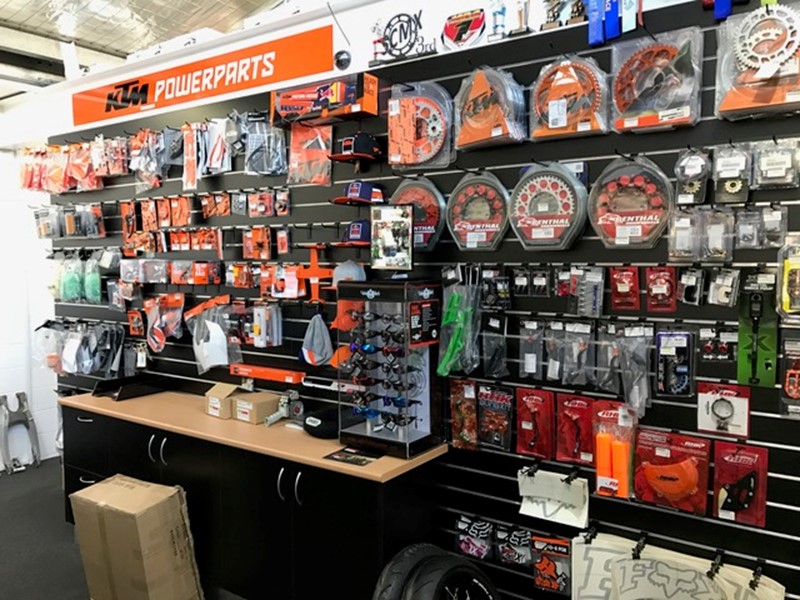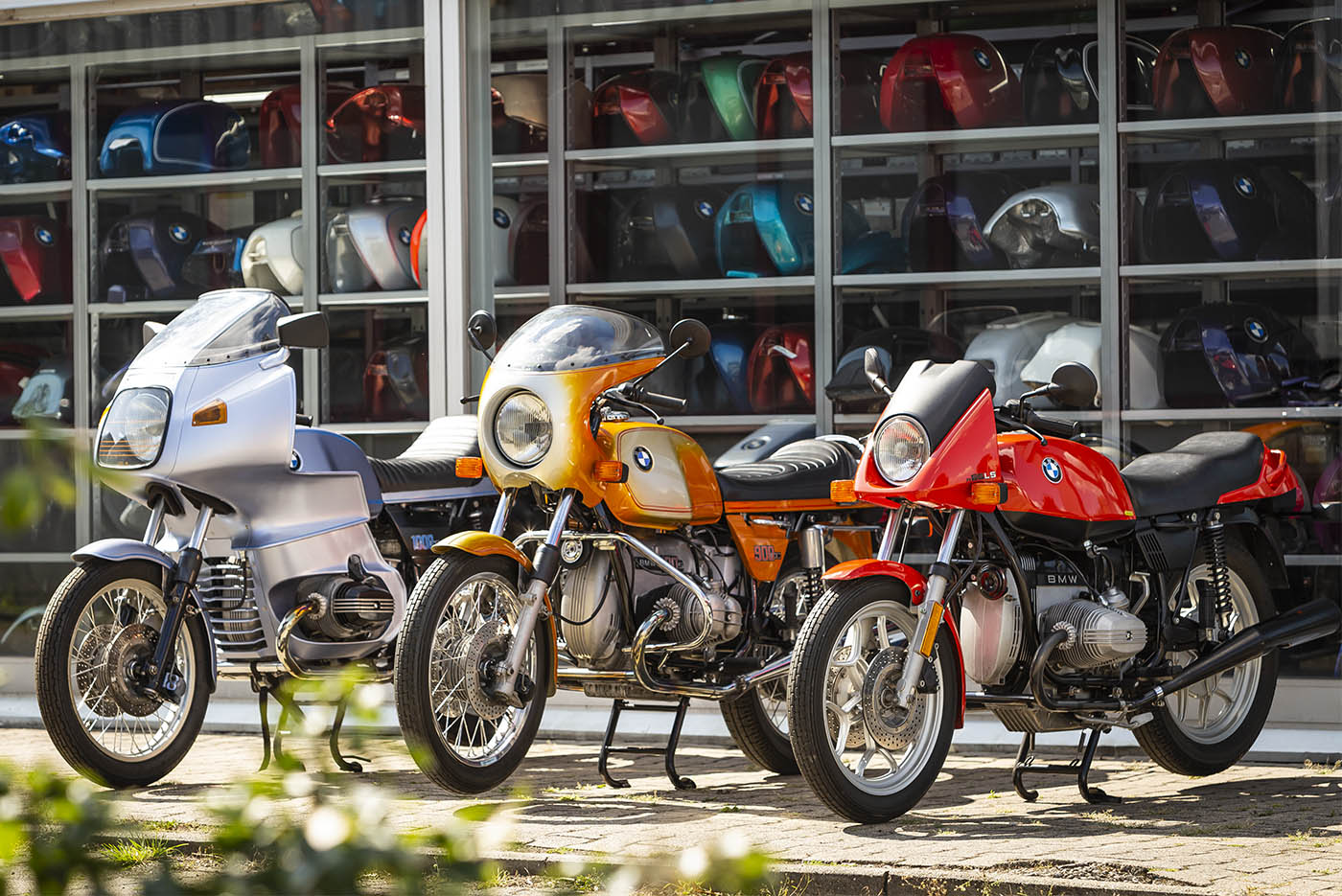Discover High Quality Moto Parts NZ for All Your Motorcycle Demands
Discover High Quality Moto Parts NZ for All Your Motorcycle Demands
Blog Article
Comprehending the Crucial Parts of a Bike: A Comprehensive Overview for Enthusiasts
For motorcycle fanatics seeking to raise their riding experience and ensure their bikes run smoothly, recognizing the vital elements of a bike is critical. Each aspect, from the engine's detailed workings to the vital duty of the braking systems, not just influences performance but likewise safety and security and comfort. This guide will go through the essential components that every motorcyclist should be acquainted with, enabling informed options in both maintenance and potential upgrades. As we start this expedition, one must ask: exactly how does each element communicate to develop the smooth ride every lover seeks?
Engine Parts

The camshaft plays a crucial function in regulating the timing of the engine's valves, making sure the accurate opening and closing necessary for efficient fuel and air consumption, as well as exhaust expulsion. This timing is essential to keeping ideal engine performance and performance. Additionally, the carburetor or fuel shot system, depending on the motorbike version, is in charge of mixing air with fuel in the proper ratio for burning.
The cooling system, either air or liquid-based, works to keep the engine's temperature within functional limits, stopping getting too hot and guaranteeing long life - motorbike shop. Each element, meticulously developed and incorporated, adds to the smooth procedure of the engine, specifying the bike's power output and overall performance
Transmission System
Essential to the motorbike's performance, the transmission system makes certain reliable power transfer from the engine to the wheels. This system consists of numerous crucial elements, consisting of the clutch, transmission, and final drive, each playing a crucial function in converting the engine's power right into activity. The clutch, typically run by a hand lever, serves to disengage the engine and involve from the transmission, permitting smooth equipment modifications and regulated acceleration.
The gearbox, typically referred to as the transmission appropriate, consists of a collection of gears that riders can manually change via to readjust the bike's speed and torque output. These equipments are prepared in a series that allows the motorcycle to accelerate efficiently and preserve ideal engine performance throughout different speeds. Most bikes make use of a sequential gearbox, calling for the cyclist to change equipments in a predetermined order.
Braking Mechanisms
While recognizing the transmission system is crucial to utilizing a bike's power, similarly vital is the ability to regulate and stop that power properly, which is where stopping mechanisms enter play. Brakes are vital for security and efficiency, offering the rider with the necessary control to browse various surfaces and conditions. Normally, motorbikes include two kinds of braking systems: disc brakes and drum brakes.
Disc brakes are more widespread in contemporary bikes due to their premium performance. They are composed of a brake disc, caliper, and pads. When activated, the caliper presses the brake pads against the spinning disc, transforming kinetic energy right into heat, therefore slowing the wheel. This system supplies far better heat dissipation, regular performance, and improved quiting power, especially in damp problems.
On the other hand, drum brakes, though much less usual, are still found in some motorbikes. They function by pushing brake footwear versus the internal surface of a drum connected to the wheel. While usually less reliable in heat dissipation and stopping power, drum brakes are easier and a lot more cost-effective.
Comprehending these stopping systems' nuances permits cyclists to keep their motorcycles correctly and appreciate the engineering that makes certain effective and risk-free quiting.
Suspension and Steering
Suspension and steering systems are important components that substantially affect a motorbike's handling and experience convenience. The suspension system, containing forks at the front and shock absorbers at the rear, absorbs road irregularities, boosting security and control. Front forks, upside down or commonly telescopic, compress and rebound to minimize effects, while rear shock absorbers maintain tire call with the roadway, vital for grip and security.
Steering, focused around the handlebars, links the biker to the motorcycle's directional control. The steering head bearings guarantee smooth operation, allowing accurate maneuverability. Proper alignment and upkeep of these bearings are critical for foreseeable steering response and reducing cyclist tiredness.
The suspension's adjustability is one more crucial aspect; preload, damping, and rebound settings enable personalization to suit different riding styles and problems. This flexibility is necessary for enhancing performance, website link whether browsing urban roads or dealing with rugged tracks. Developments like digital shock absorber offer real-time changes, improving ride high quality across varied terrains.

Electric Solutions
After ensuring a smooth and regulated experience via effective suspension and guiding systems, interest transforms to the electrical systems, an essential aspect of contemporary bikes. These systems play an essential function not just in starting the engine however additionally in powering various elements that enhance the performance and safety of the bike.
At the heart of a motorbike's electrical system is the battery, which stores electrical energy necessary for beginning the engine and her explanation powering complementary systems - motorbike shop. The generator or generator, coupled with the rectifier-regulator, makes sure the battery stays charged while the motorcycle is in procedure, transforming mechanical energy into electric energy and keeping voltage levels
The ignition system, another critical component, is in charge of firing up the air-fuel blend in the engine's cyndrical tubes. Modern bikes often utilize an electronic ignition system, providing higher effectiveness and dependability contrasted to standard systems.
Illumination systems, consisting of headlights, tail lights, and signs, are likewise important, making certain presence and safety and security for the cyclist. Added digital parts such as sensing units, control systems, and presents add to innovative features like fuel injection administration, anti-lock stopping systems (ABDOMINAL MUSCLE), and electronic dashboards, additionally boosting the riding experience.
Conclusion
A thorough understanding of a motorbike's important components, consisting of the engine, transmission system, braking devices, suspension, steering, and electric systems, is vital for lovers aiming to torque motorcycle helmet optimize security, efficiency, and comfort. Proficiency of these aspects permits for educated decisions pertaining to maintenance and upgrades, ultimately enhancing the riding experience. By incorporating this understanding, bikers can ensure their bikes run at peak effectiveness and dependability, consequently optimizing both pleasure and long life of their vehicles.
For bike lovers looking to raise their riding experience and ensure their bikes run smoothly, recognizing the crucial parts of a motorcycle is vital.Essential to the bike's capability, the transmission system guarantees efficient power transfer from the engine to the wheels.While comprehending the transmission system is crucial to taking advantage of a bike's power, just as vital is the capability to manage and stop that power efficiently, which is where braking mechanisms come into play. Usually, motorbikes include two kinds of braking systems: disc brakes and drum brakes.
A thorough understanding of a motorcycle's crucial parts, including the engine, transmission system, stopping mechanisms, suspension, steering, and electric systems, is vital for lovers intending to maximize comfort, safety and security, and efficiency.
Report this page